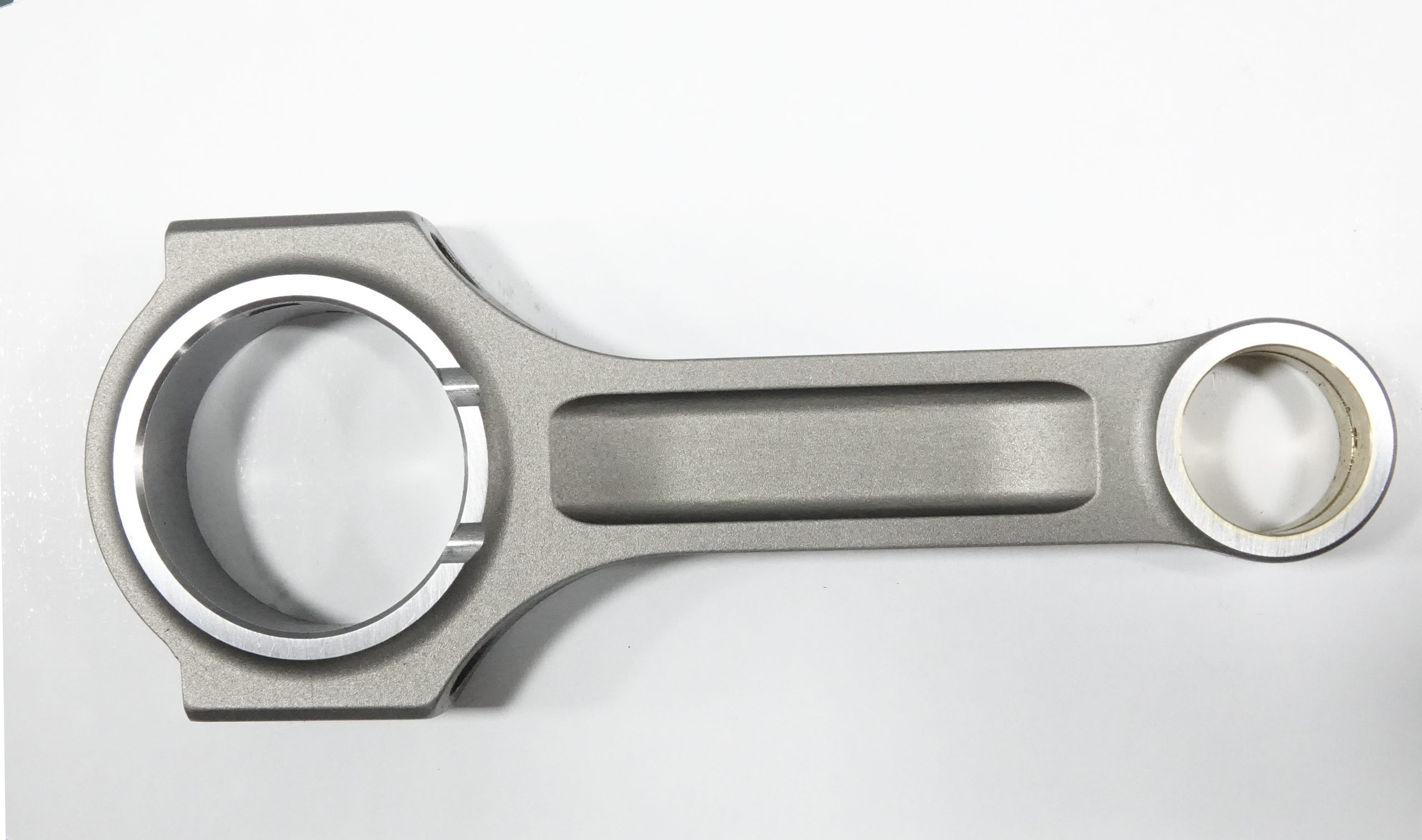Connecting Rod Parts and Functions Uncovered delves into the inner workings of connecting rods, an integral component of internal combustion engines. These rods link the piston to the crankshaft, transforming the linear motion of the piston into the rotational motion required to power the vehicle. In this article, we will explore the various parts of connecting rods and their functions, including the big end, small end, and the rod body itself.
The big end of the connecting rod is designed to attach to the crankshaft. It consists of two main parts: the connecting rod cap and the bearing shells. The connecting rod cap helps form the big end’s circular shape and is secured to the connecting rod using bolts or studs. The bearing shells, made of a soft metal like babbitt or bronze, are installed between the big end and the crankshaft, providing a wear-resistant surface and reducing friction.
The small end of the connecting rod is connected to the piston. It features a bushing, which allows the piston pin to slide smoothly through the small end. The connecting rod bushing is usually made of a soft metal like bronze or aluminum and is designed to provide a wear-resistant surface with minimal friction, ensuring smooth piston pin movement.

The rod body, also known as the beam, connects the big end and the small end of the connecting rod. The design and material of the rod body significantly impact the overall strength and weight of the connecting rod. Common materials include steel, aluminum, and titanium, each offering unique advantages and disadvantages in terms of strength, weight, and fatigue resistance.
Weight reduction is an important consideration for connecting rod design, as a lighter rod can improve engine responsiveness and efficiency. However, it is essential to strike a balance between weight reduction and maintaining the rod’s strength and durability.
In conclusion, connecting rods are essential components in the operation of internal combustion engines. Understanding the parts and functions of connecting rods can help us appreciate their role in transforming piston motion into the power that drives our vehicles. From the big end to the small end and the rod body itself, each component plays a vital role in ensuring the smooth, efficient, and reliable operation of the engine.